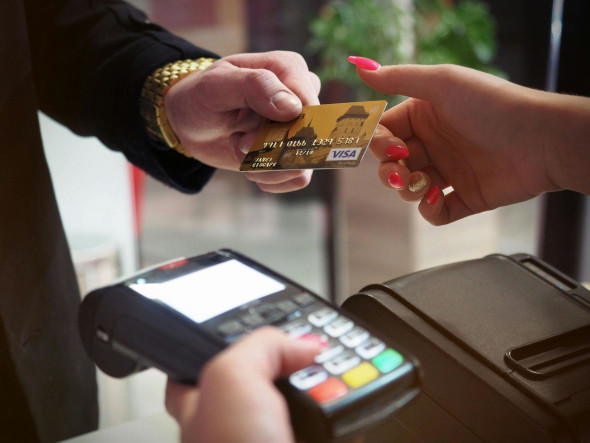
As digital transactions have become the backbone of modern finance, bank card scanners are becoming increasingly valuable tools for businesses and individuals alike. These devices simplify payments, improve security, and add convenience to everyday financial transactions. This article explores what bank scanners are, their main benefits, and why they’re a smart choice for today’s fast-paced environment.
What Are Bank Card Scanners?
A Bank card scanner is a device designed to read and process information stored on a bank card’s magnetic strip or chip. This makes it easier to complete secure transactions, streamline payments, and enhance data security. They’re used widely across a range of industries, such as retail, hospitality, banking, and e-commerce.
How Do Bank Card Scanners Work?
Bank card scanners operate by reading the magnetic strip or chip on a card and securely transmitting the data to complete a transaction. Here’s a quick look at the process:
- Data capture and reading: The scanner reads data from the card’s magnetic strip or chip. It captures essential details like the cardholder’s name, card number, and expiration date.
- Encryption: Modern scanners immediately encrypt this data. They ensure that sensitive information is kept secure.
- Authorization: The encrypted data is then transmitted to a payment processor or bank to confirm available funds.
- Confirmation: Once approved, the transaction is confirmed. The payment is often completed within seconds.
Key Features of Modern Bank Card Scanners
Modern bank card scanners come equipped with features that enhance efficiency, security, and convenience. Some essential features include:
- High-speed scanning: Quickly captures card details to streamline transaction times.
- Optical character recognition (OCR): Extracts information directly from the card, making data input faster and reducing errors
- Enhanced Security Layers: This includes encryption to protect sensitive card data and meets compliance standards like PCI-DSS (Payment Card Industry Data Security Standard).
- Portable and user-friendly designs: Many scanners are lightweight and easily integrated with existing systems.
Why Businesses Should Consider Bank Card Scanners
Bank card scanners bring multiple advantages to businesses, particularly those handling frequent customer transactions:
- Efficiency in transactions: Cuts down on processing time, enabling faster service and reducing wait times.
- Accuracy in data entry: OCR technology minimizes manual entry errors, providing reliable data for each transaction.
- Customer convenience: Speeds up checkout processes, enhancing customer satisfaction and loyalty.
- Cost savings: Reduces the need for additional staff for manual data entry, lowering operational costs.
- Reduced checkout time: Bank card scanners speed up the customer experience and lead to higher transaction volumes.
- Contactless payments: Many scanners are compatible with contactless payment options, which are rising in popularity.
- Easy integration with payment systems: They work seamlessly with POS and digital payment platforms. This makes it easier for businesses to adapt to new technologies.
- Increased customer trust: A secure, efficient checkout process enhances customer trust and leads to repeat visits.
Endnote
In today’s world, efficiency, security, and convenience drive business success. In such times, bank card scanners offer a practical solution to streamline financial transactions. The handy devices can transform the payment experience for businesses and customers alike.
Using tools like bank card scanners can give businesses a competitive edge as technology advances. It also leads to smoother transactions and builds customer trust. Embracing this simple yet powerful technology could be the next smart step for any business that wants to make it big globally.